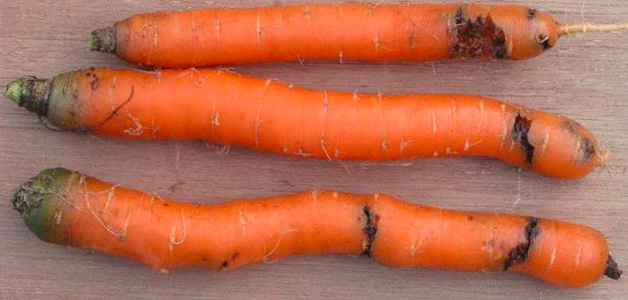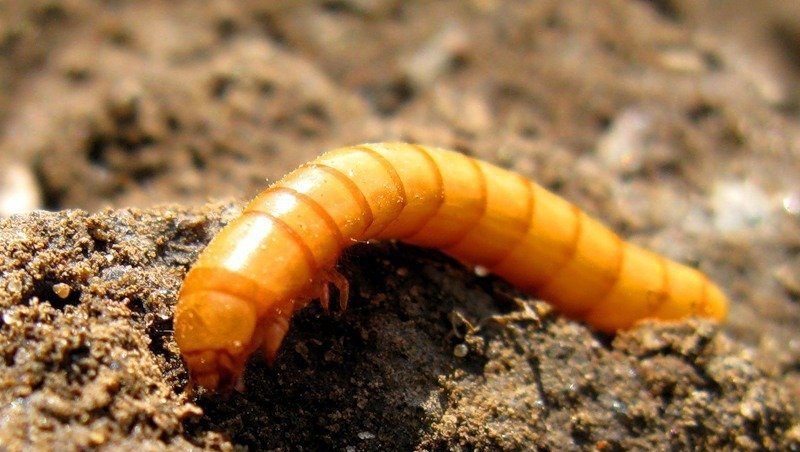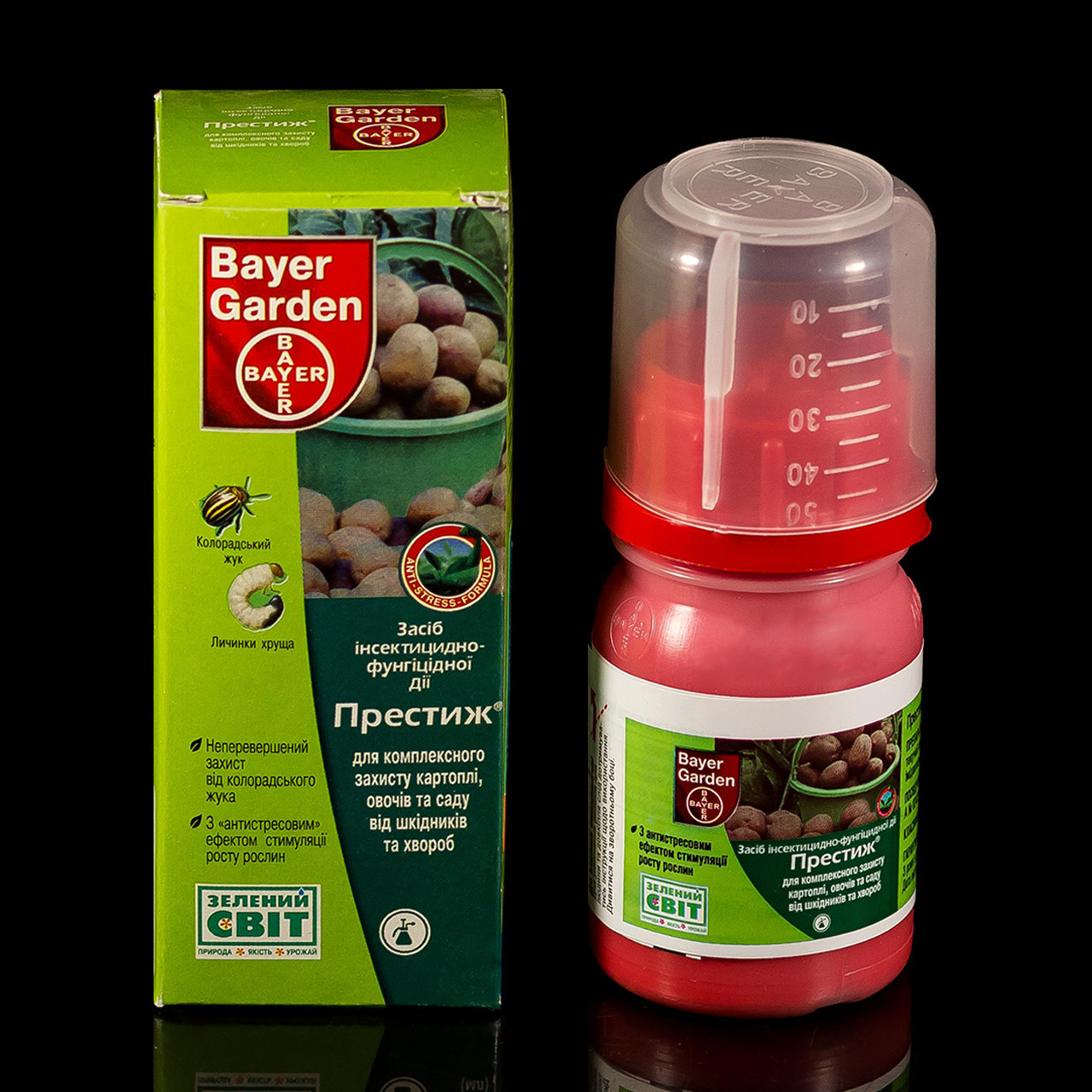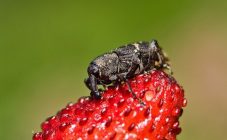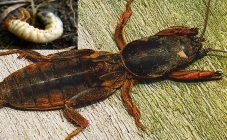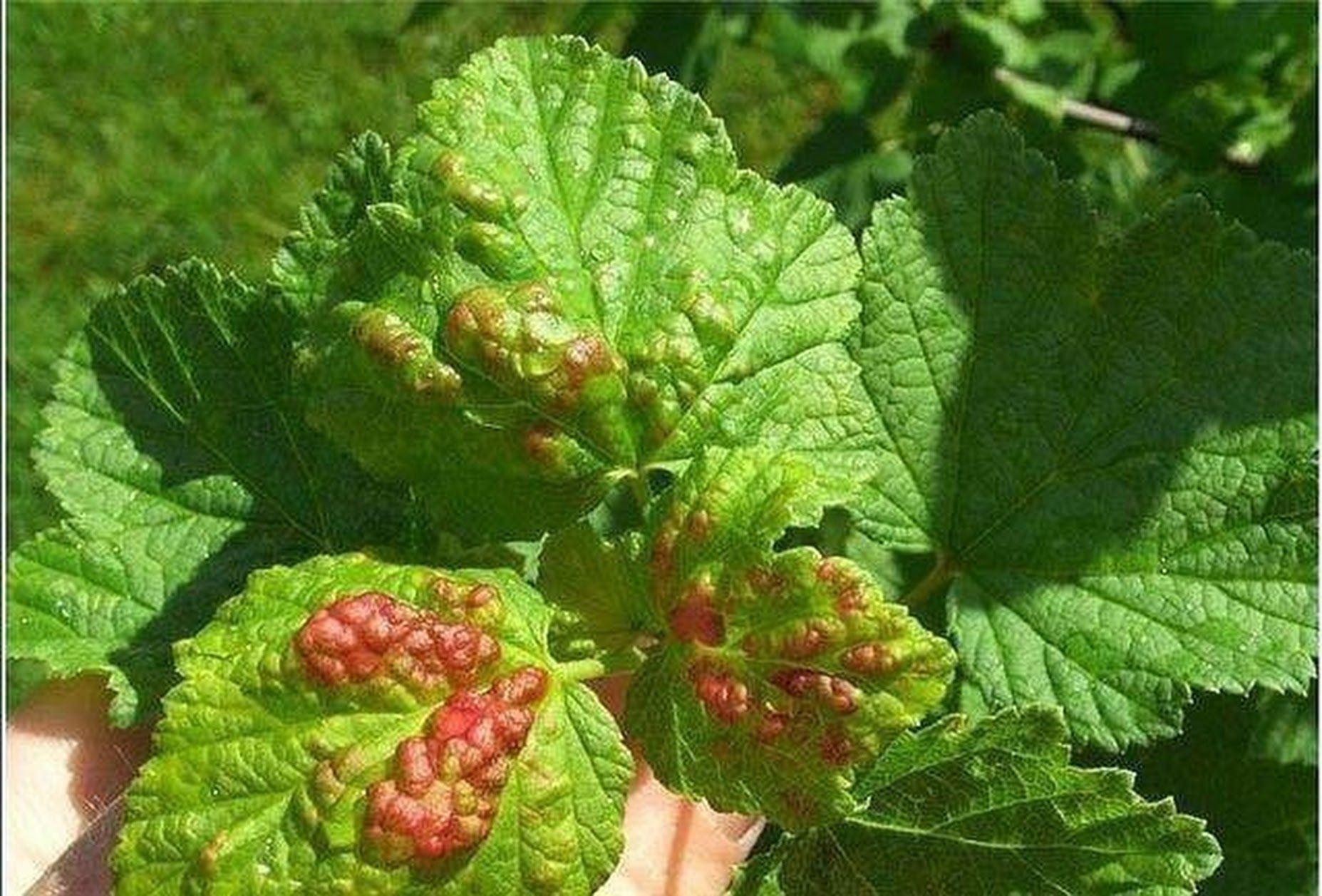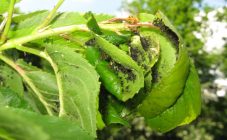Plant pests are a big nuisance for hobby gardeners, as they can cause irreparable damage to easily vulnerable crops such as carrots, for example.
Carrot flies, well-known to all, are especially dangerous for this plant, upon detection of which it is necessary to get rid of leprosy in all possible ways. In this regard, questions such as: what is a carrot fly, how to deal with it need very careful consideration.
About the pest
The pest we are considering (namely, a fly) is an insect of a dark color, quite often found in our Russian Federation. The length of its body does not exceed 4.5-5 mm; the wings are transparent, and the legs and head have a yellow tint.
An adult insect is usually ready to lay eggs already in May, but if the spring is cold, then it can be transferred to early June. With the arrival of heat, the female fly lays eggs directly in the ground (next to the plant). The period of flight and deposition can reach 1.5 months, and the larvae themselves appear only 5-17 days after laying (depending on the soil temperature).
The fly larvae are slightly larger in size (their length is 6-7 mm) with an elongated light yellow body. In winter, this insect lives in the soil, being in it in the form of a pupa, for which the earth becomes a reliable refuge.
In them, the larvae develop well and winter safely. After that, the second generation of carrot pests is formed from them, the flight of which begins in July and lasts almost until August. Females in this case are deposited in crops located near the carrots.
Usually autumn is the period when some of the surviving larvae pupate, and the rest, with the harvest, go to warehouses and storages, where they continue their sabotage, feeding on the juice.
It is possible to determine the root crops affected by this pest by the following criteria:
- Firstly, the leaves of such plants gradually acquire a dark purple (almost black) color, and then turn yellow and dry completely;
- Secondly, gyrus and transverse cracks appear on root crops;
- And, finally, the carrot affected by the fly looks very ugly, elongations and constrictions are clearly visible on it.
Usually, the places of damage and disturbances in the shape of the root are located near the exit to the outside and are clearly visible when visually examining the carrots.
Other diseases of carrots
Before getting acquainted with the features and procedure for taking measures to get rid of the carrot fly, consider what diseases this culture can still be affected by? When studying materials on the Internet, it is possible to identify the following characteristic diseases that a carrot product can get sick with:
- A common carrot disease such as wireworm, which also often affects potatoes;
- Another type of disease is called "nematode";
- White and black rot familiar to most gardeners.
One of the most dangerous pests of carrots is the wireworm, which is the larva of a click beetle that can infect roots and tubers. Plant structures serve as a nutrient medium for him, ensuring his active growth.
When damaged by this pest, the plant loses its nutritional properties, since the beetle larva draws out all trace elements and useful juices over time. As a result of this misfortune, the yield of carrots decreases with a simultaneous sharp decrease in its quality. An additional danger lies in the fact that the affected root crops and the whole plant have reduced immunity to fungal and bacterial infections.
This type of disease is especially dangerous for newly planted seeds, as well as for very young carrots, since it can simply destroy them (so there will be nothing to remove). For its timely detection, you should know that the larvae of the click beetle usually breed in colonies, so that they affect only some areas, and not the entire garden.
For this reason, one of the signs of damage to young animals is the appearance of characteristic bald spots in the beds.
It is possible to completely get rid of this pest only through the use of special chemicals, such as, in particular, contact insecticides ("Bazudin", "Diazinon", "Provotox" and others). An effective fight against him can also be organized in folk ways.
Ways to fight
To help protect your crop, try household tricks like:
- Organize the dusting of the vegetable beds with tobacco crushed into dust, dry mustard or pepper;
- Use wormwood infusion, which requires filling a 10-liter bucket with grass and then pouring boiling water into it. After the liquid mixture has cooled, its volume is divided into 3 equal parts, which are diluted with 8 liters of water. With this composition, the beds are thoroughly shed, and the remnants of the grass are laid out in the intervals between them;
- You can prepare a processing preparation from tomato tops according to the following recipe: about 10 liters of water are poured onto 4 kg of tops, and then the composition is boiled for about 5 hours. After this time, the broth is well filtered, and about 50 ml of liquid soap is added to it. Then it is diluted with 3 parts of clean water and sprayed over the beds.
To obtain the desired result, crops should be processed with decoctions and infusions on a monthly basis.
However, ordinary ammonia is considered the most effective means of combating this ailment. This method is the simplest and most affordable for any gardener, because you can buy the drug in almost any pharmacy, and very cheaply. At current prices, such alcohol costs no more than 50-70 rubles.
Prevention
To prevent possible damage to a vegetable by a fly, we advise you to adhere to the following recommendations:
- Try to take an elite variety that is resistant to the influence of the fly ("Calgerie F1", "Vitamin" or "Perfection");
- When planting it, try to avoid too shaded areas and too wet areas (in this case, the type of carrot does not matter);
- Learn to sow carrots not too thick;
- You can also pre-treat seeds with such biological products as azotophyte, trichodermin, and phytocide-r;
- When working on the garden, try to dig up the carrot beds as deeply as possible, thoroughly turning the layers so that the larvae do not come to the surface with the arrival of spring;
- Do not water too much fresh carrot crops;
- Try planting it in garden beds where crops such as garlic fruits, different types of tomatoes, or onions were previously grown.
To do this, purchase protective agents from the following range: "Prestige KS drug", cypermethrin or lambda-cyhalothrin. In the case of using poisons, as well as using any chemical composition, you must strictly follow the dosage indicated in the instructions attached to them.
Since the larvae most often die in completely open areas, experts advise choosing just such places for carrots. Another good way to protect plants from pests is to plant onions or garlic with carrots, the smell of which interrupts the taste of carrots, so that they do not touch it.
Folk remedies
Any such method consists in the fact that the protected plant is watered with a solution of a certain composition and consistency. The most commonly used "folk" infusion from a mixture of the following herbs (their amount is indicated per 10 liters of water):
- Grass of finely chopped celandine in an amount of 100 grams (insist for 3 days);
- A pound of nettle, kept in the infusion for at least 12 hours;
- 200 grams of dandelion (also 12 hours);
- Mother-and-stepmother in a volume of 20 grams (the time of infusion is the same).
The product obtained after preparation should be placed in a convenient container, and then spray it before planting, not only in the garden area, but also on the plants themselves.
In conclusion, we note that in order to effectively repel pests, before planting a seed, we advise you to pickle the soil with a not very concentrated solution of potassium permanganate.

